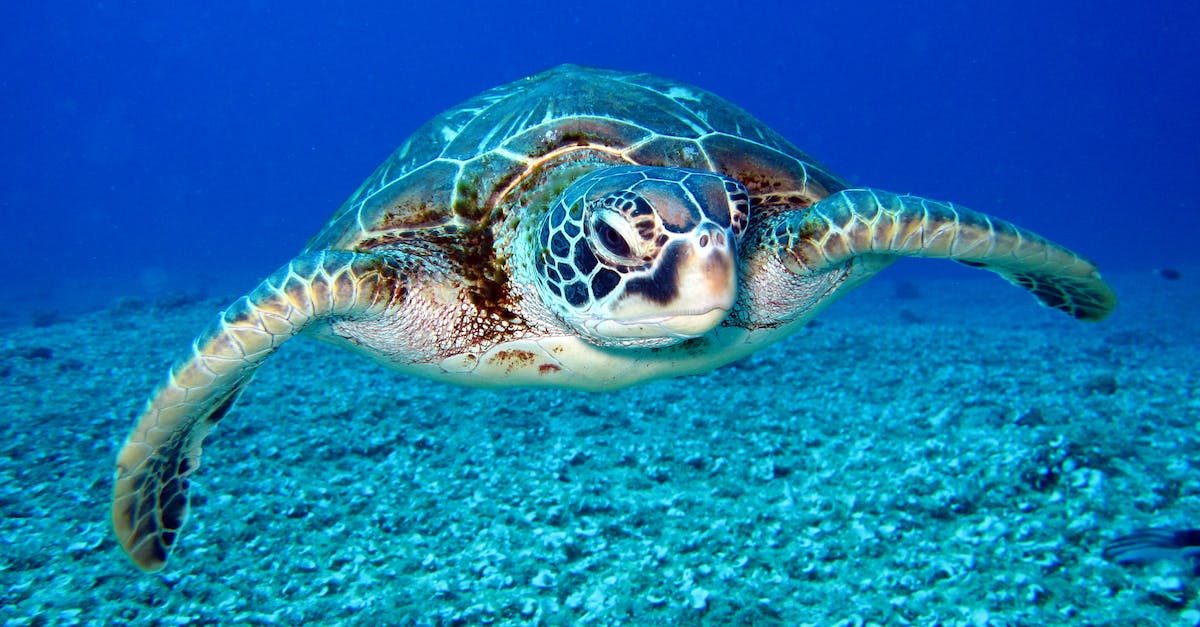Welcome to the wondrous world of reptiles! These ancient creatures have roamed the earth for over 300 million years, with their scaly skins and cold-blooded personalities. And yet, despite their tough exteriors, they are not invincible to the effects of climate change.
As temperatures continue to rise and weather patterns become more erratic, reptiles are finding it increasingly difficult to adapt to their changing environments. Take the humble turtle, for example. These shelled wonders rely on warm sand to lay their eggs, but rising sea levels and stronger storms can easily wash away their nests, leaving their offspring vulnerable and exposed.
And it’s not just the land-dwellers who are feeling the heat. Sea snakes, whose venomous bites can spell trouble for any unwary diver, are finding that their usual hunting grounds are being demolished by ocean acidification and coral bleaching.
So, join me as we explore the fascinating world of reptiles, and discover how they are facing the biggest challenge of their long and storied history – climate change.
Introduction to reptiles and climate change
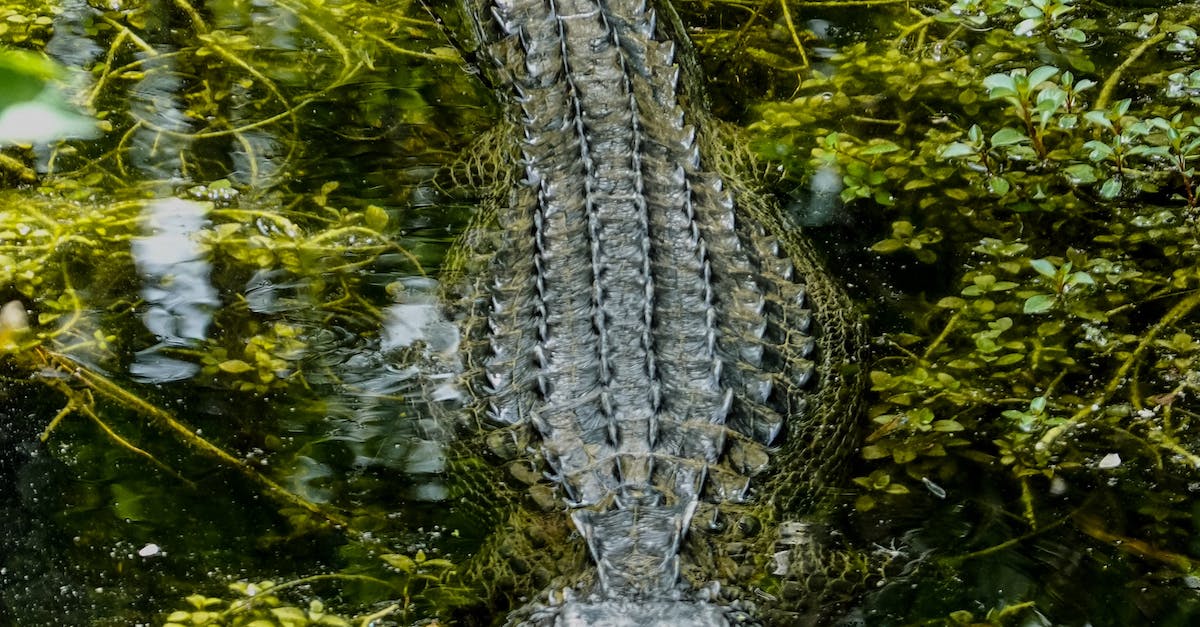
As the world continues to experience changes in its climate patterns, many animal species are finding it increasingly difficult to adapt to these new conditions. Among them are reptiles, a diverse group of animals that includes snakes, lizards, turtles, and crocodilians. These cold-blooded creatures are particularly vulnerable to changes in temperature and rainfall, which can have a profound impact on their physiology, behavior, and habitat.
One of the most significant ways in which climate change is affecting reptiles is through changes in temperature. As the Earth’s climate warms, many reptile species are finding it increasingly difficult to regulate their body temperature. This can hamper their ability to hunt, mate, and avoid predators, as well as increase their vulnerability to diseases and parasites. In addition, rising temperatures can affect the sex ratios of reptiles, as incubation temperature can determine whether an egg develops into a male or female.
Changes in rainfall patterns are also having a profound impact on reptiles. Some species, such as desert reptiles, are adapted to live in very dry environments and may be negatively affected by increased rainfall, which can alter the availability of food and water. Conversely, species that depend on wet habitats may be threatened by droughts or the drying up of their habitats.
Aside from these direct impacts, climate change is also affecting the interactions between reptiles and other species. For example, changes in the timing of seasonal events, such as plant flowering or insect emergence, can affect the availability of food for reptiles, as well as the timing of their breeding seasons. This can have knock-on effects throughout the food chain, ultimately affecting the survival of many other species.
-

Beaded Dragon Fan Exclusive: ‘Original Hipster’ T-Shirt – Wear Your Unique Style with Pride – Unisex t-shirt
£13.00 – £20.50 Select options This product has multiple variants. The options may be chosen on the product page -

Chinese Water Dragon Aquatic Mastery Tee: Dive into Elegance with Our Exclusive Reptile Enthusiast Shirt – Unisex t-shirt
£13.00 – £20.50 Select options This product has multiple variants. The options may be chosen on the product page
Despite these challenges, some reptile species may be able to adapt to the changing climate. For example, some species may be able to shift their ranges to cooler or wetter areas, or to adopt new behaviors, such as changing when they hunt or mate. However, for many species, especially those that are already threatened or endangered, the challenges presented by climate change may be insurmountable.
In conclusion, climate change is having a profound impact on reptiles, affecting their physiology, behavior, and habitat, as well as their interactions with other species. As the Earth’s climate continues to change, it is important that we take steps to mitigate its impacts, both for the sake of reptiles and for the broader health of our planet.
Habitat loss and fragmentation
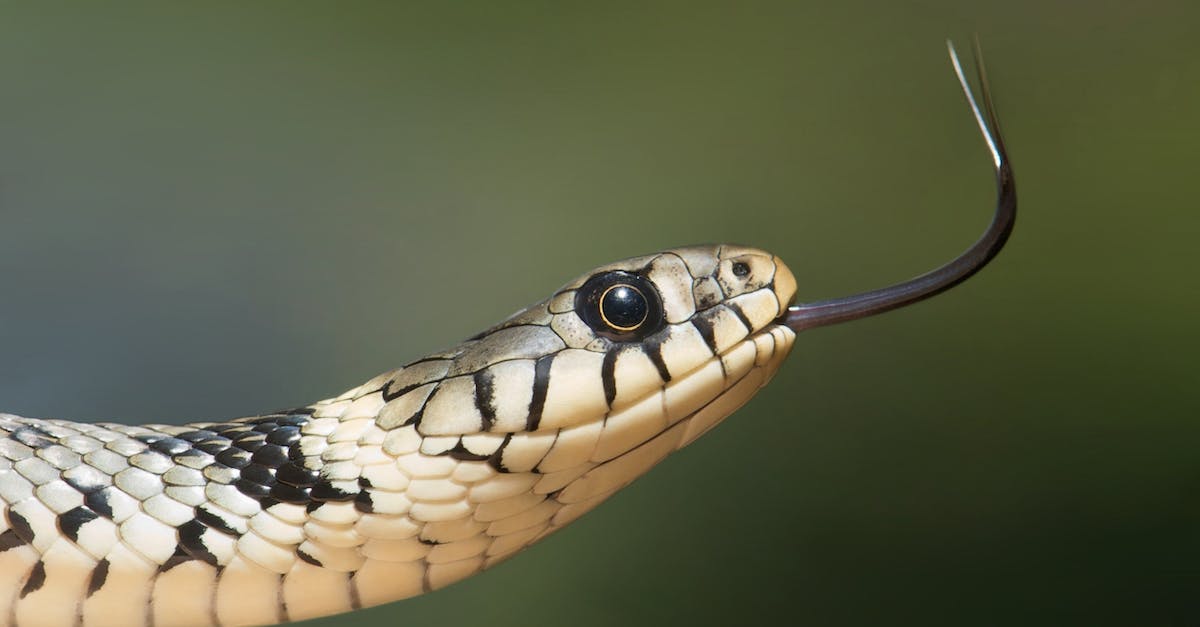
As the temperatures around the world continue to rise, reptiles are among the most affected animal groups. These cold-blooded creatures rely heavily on external sources of heat to maintain their body temperature, making them particularly vulnerable to climatic changes. In this article, we will take a closer look at how two key factors – habitat loss and fragmentation – are contributing to the decline of reptile populations.
Habitat Loss
Reptiles require specific habitat conditions for their survival, such as access to water, suitable nesting sites, and prey. As climate change alters these conditions, habitats are being lost or disrupted, and reptiles are struggling to adapt. Here are some examples:
- Loss of wetland habitats: Many reptiles, such as turtles and alligators, depend on wetland habitats for survival. With rising temperatures and changing precipitation patterns, many wetlands are drying up or becoming too salty, rendering them uninhabitable.
- Loss of nesting sites: Reptiles often lay their eggs in specific locations, such as sand dunes, beaches, and rock crevices. As sea levels rise and temperatures increase, these nesting sites are being lost, which can have devastating effects on population growth.
- Loss of prey: As habitats change, many reptiles are losing access to their primary food sources. For example, chameleons rely heavily on insects for their diet, but changes in precipitation patterns are causing declines in insect populations in some areas, making it hard for chameleons to find enough food.
Habitat Fragmentation
In addition to habitat loss, reptiles are also affected by habitat fragmentation – the breaking up of habitats into smaller and more isolated areas. Here are some ways in which fragmentation can harm reptiles:
- Isolation: As habitats become fragmented, populations can become isolated from one another. This can lead to genetic problems and a reduced ability to adapt to changing environmental conditions.
- Barrier effects: Fragmentation can also create barriers that reptiles are unable to cross, making it impossible for them to reach key resources such as water, food, or mates.
- Increased predation: Fragmented habitats can create more opportunities for predators to hunt, as they may be able to move more easily between smaller patches of suitable habitat.
In conclusion, as climate change continues to impact our world, reptiles are facing an uncertain future. Habitat loss and fragmentation are just two of the many challenges they are up against. By understanding the issues at play, we can work to develop strategies to help conserve these fascinating creatures for generations to come.
Changes in food availability

As the planet’s climate continues to change, the world’s reptilian inhabitants are feeling the impact in many ways. One significant issue facing these creatures is a change in food availability. Let’s take a closer look at three ways climate change is affecting reptile diets:
- Changes to plant life: Many reptiles, including iguanas and tortoises, are herbivores. As the climate changes and temperatures rise, the availability of certain plants may be affected. In some areas, droughts may make it harder for plants to survive. In other places, heavy rainfall may cause flooding that destroys vegetation. These changes can drastically affect the diets of these plant-eating reptiles.
- Changes in insect populations: For reptiles that rely on insects as a primary food source, climate change can be especially troubling. Rising temperatures can lead to changes in insect populations, including when and where different species are active. This shift can mean that some reptiles are left without enough insects to eat, while others may suddenly find themselves dealing with an overabundance of certain species.
- Changes in prey behavior: Climate change can impact the behavior of animals that reptiles prey upon as well. For example, rising sea levels may cause turtles to lay their eggs at a different time of year or in a different location, making it more difficult for predators to locate their nests. Similarly, warming temperatures may cause some prey species to move to new areas, throwing off the balance of predator-prey relationships.
Overall, climate change is causing significant disruptions to the diets of many reptiles. As temperatures continue to rise and weather patterns become more erratic, it remains to be seen what impact this will have on the long-term survival of these amazing creatures.
Impacts on reptile reproduction
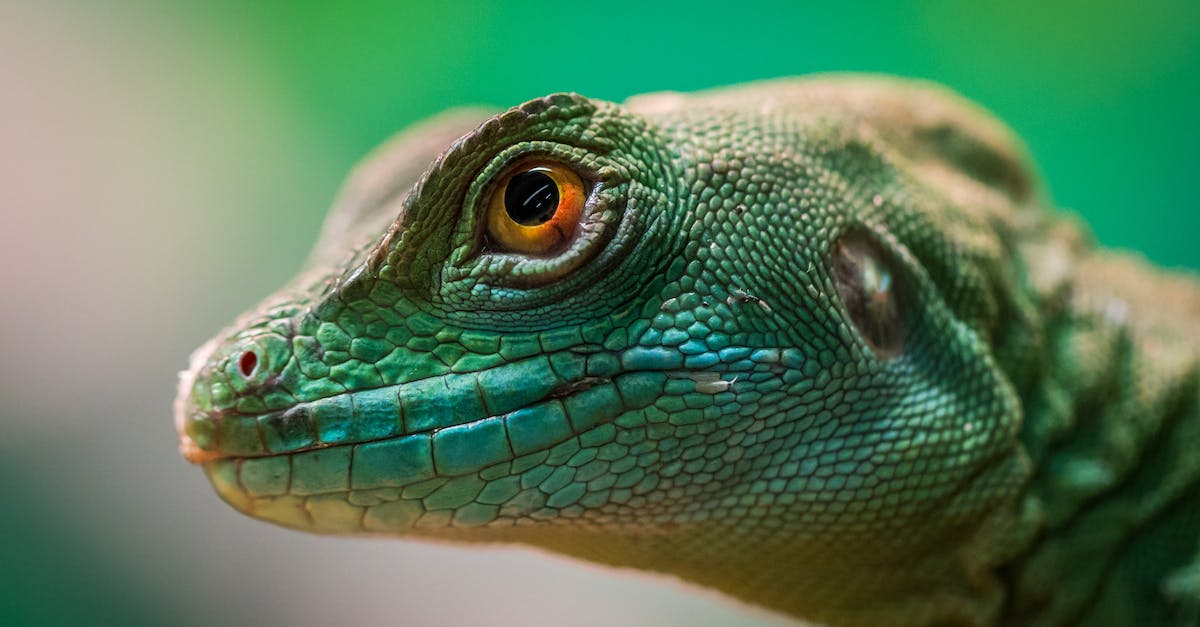
As climate change continues to alter our planet’s ecosystems, many animal species are finding it increasingly difficult to survive. Reptiles, in particular, are facing numerous challenges as a result of climate change. One such challenge is the impact on their reproductive cycles. Here are some of the ways reptile reproduction is affected:
- Timing of reproduction: Many reptiles rely on specific environmental cues to know when it is time to breed. For example, temperature and rainfall patterns play a crucial role in determining when many reptiles will lay their eggs. As these patterns shift due to climate change, it can disrupt reptile breeding cycles and lead to declines in population numbers.
- Temperature-dependent sex determination: Some reptile species have temperature-dependent sex determination, which means that the temperature at which their eggs are incubated determines the sex of the offspring. If the temperature shifts due to climate change, it can lead to skewed sex ratios and ultimately impact the species’ survival.
- Nesting habitat availability: Reptiles need specific nesting habitats to lay their eggs, and these habitats can be impacted by climate change. For example, rising sea levels can inundate nesting sites for sea turtles, while changes in vegetation patterns can disrupt nesting sites for land-dwelling reptiles.
- Increased stress levels: Climate change can also cause increased stress levels in reptiles, which can impact their reproductive health. For example, droughts can lead to dehydration and malnutrition, making it difficult for reptiles to successfully reproduce.
Overall, it is clear that climate change is having profound impacts on reptile reproduction. As we continue to grapple with the challenges posed by global warming, it is important to remain aware of the wide-ranging effects it can have on our planet’s biodiversity.
Case studies of specific reptile species affected by climate change

As temperatures around the world continue to rise due to climate change, reptiles are among the many species that are being impacted. Here are five case studies of specific reptile species that are particularly affected:
- Green sea turtles: These majestic turtles are found in the ocean and rely on sandy beaches to lay their eggs. However, as sea levels rise due to climate change, many of these beaches are being washed away, leaving the turtles with nowhere to nest. Additionally, warmer water temperatures are causing changes in the sex ratios of hatchlings, with more being born female. This could have long-term effects on the breeding populations of green sea turtles.
- Gila monsters: These venomous lizards are found in the southwestern United States and rely on a very specific climate to survive. As temperatures rise, their habitat becomes hotter and drier, making it harder for them to find food and water. Populations of Gila monsters have already declined due to this, and many experts fear for their future survival.
- Komodo dragons: These giant lizards are found only on a few islands in Indonesia and are already threatened due to habitat loss and hunting. However, rising sea levels could also be a huge problem for these creatures. As sea levels rise, their natural habitats could be submerged, leaving them with nowhere to go. Additionally, changes in precipitation levels could have a major impact on the availability of their prey.
- Green iguanas: These iconic lizards of Central and South America are often kept as pets, but in the wild, they are facing problems due to climate change. Rising temperatures are causing changes in their reproductive cycles, with many females unable to successfully reproduce. Additionally, changes in rainfall patterns are making it harder for these creatures to find food and water, putting their populations at risk.
- Tuatara: These lizard-like creatures are found only in New Zealand and are living relics from the time of the dinosaurs. However, they are facing a new threat in the form of climate change. Rising temperatures are causing major changes in the ecosystems where they live, with changes in the timing of natural events like breeding, hatching, and feeding. Scientists are still studying the long-term effects of these changes, but they fear that they could lead to a decline in tuatara populations.
Overall, the impacts of climate change on reptiles are concerning, and we must take action to protect these amazing creatures and their habitats before it’s too late.
Future implications and potential solutions.
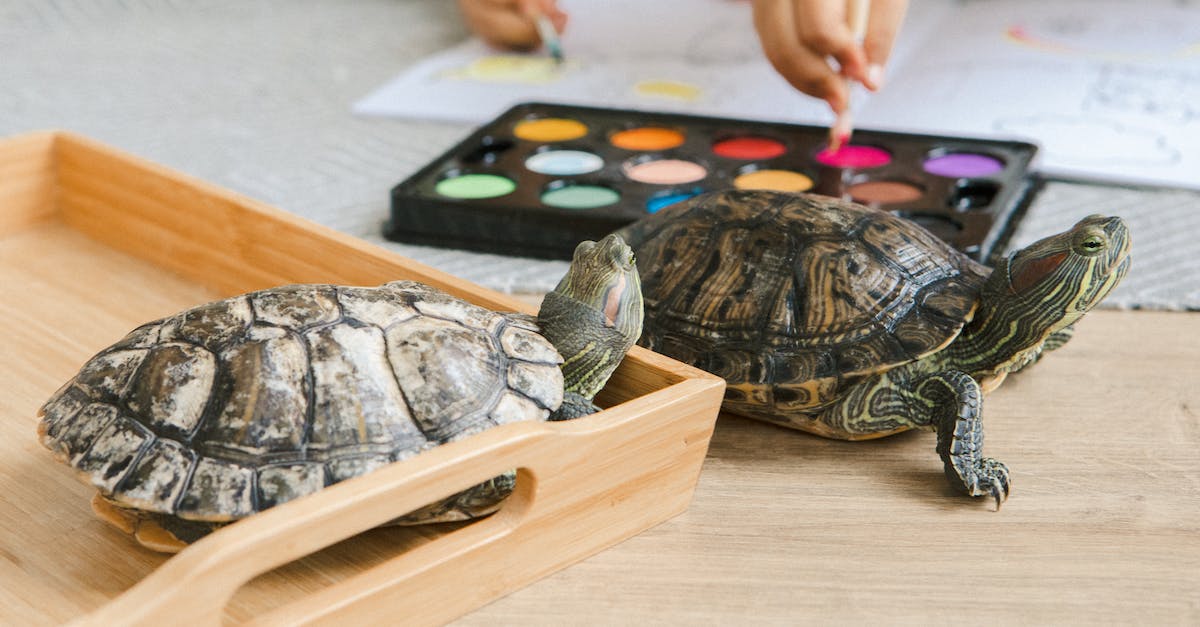
As the planet continues to warm, the effects of climate change will undoubtedly have a significant impact on reptiles. Here are some possible future implications and potential solutions for these cold-blooded creatures:
- Habitat Loss: With rising temperatures and changing precipitation patterns, reptiles could potentially lose their habitats. As a result, reptile populations may decline, and some species could even face extinction.
- Adaptation: Some reptiles may be able to adapt to the changing climate by evolving new behaviors, such as altering their feeding habits or moving to different locations. However, adaptation can be a slow and challenging process, and not all species will be successful.
- Conservation Efforts: To help protect reptiles from the effects of climate change, conservation efforts should focus on preserving and restoring habitats, protecting nesting sites, and reducing the impact of human activities, such as pollution and habitat destruction.
- Genetic Diversity: Maintaining genetic diversity within reptile populations is essential for their long-term survival. This diversity allows for adaptation to new environmental conditions, and can also improve the overall health and resilience of populations.
- Climate Modeling: To better understand how climate change will impact reptiles, scientists can use climate modeling to simulate future weather patterns and associated habitat changes. This information can then be used to develop conservation strategies and research priorities.
- Public Awareness: Raising public awareness about the impacts of climate change on reptiles is essential. By highlighting the importance of reptiles and their role in ecosystems, we can foster a greater appreciation for these creatures and encourage more people to get involved in conservation efforts.
In conclusion, reptiles are highly vulnerable to the effects of climate change, and preserving their habitats and genetic diversity is critical to their long-term survival. By focusing on conservation efforts, adaptation, and public education, we can help ensure that these fascinating creatures continue to thrive in the face of a changing climate.
Conclusion
As we bid farewell to our scaly friends, it’s important to remember the potential impact climate change could have on their populations. While some species may adapt and thrive in new environments, others will face significant challenges that threaten their very existence.
But there is still hope. As humans, we possess the power to mitigate the effects of climate change and protect these remarkable creatures. It starts with recognizing their value and vital role in our ecosystems.
So let’s keep fighting the good fight, for the sake of our reptilian companions and the planet we all call home. And perhaps, in the words of Sir David Attenborough himself, we can create a world where “the diversity of life will be a fundamental value that underpins all society.” Until then, keep an eye out for our cold-blooded companions and show them the love and respect they deserve.

